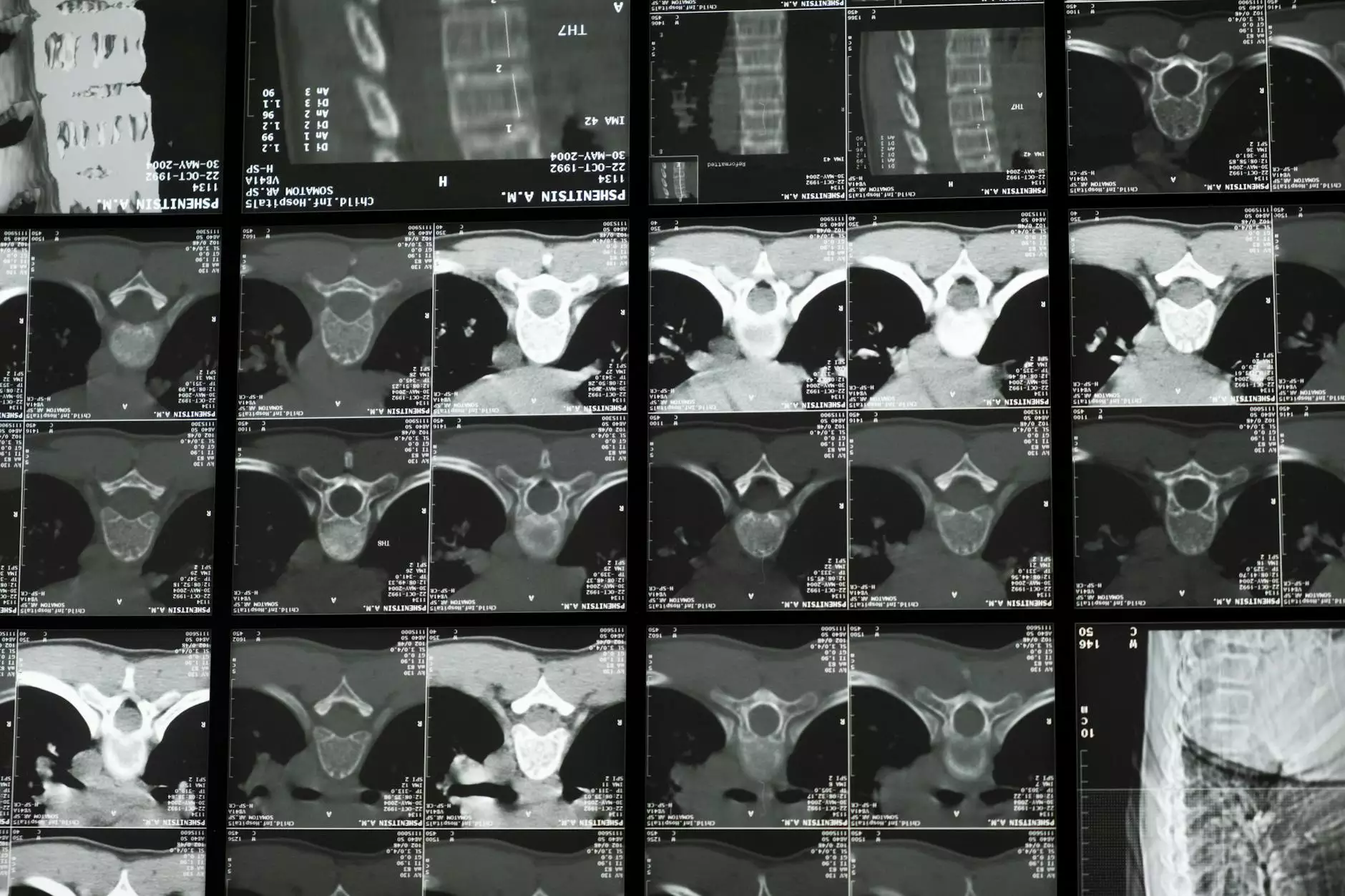Understanding Thoracic Spine Syndrome: A Comprehensive Guide

The human body is a complex and remarkable system, with each part playing a crucial role in maintaining overall health and functionality. One often overlooked yet significant area is the thoracic spine. This article delves deep into thoracic spine syndrome, exploring its causes, symptoms, and treatment options to empower individuals seeking knowledge and relief.
What is Thoracic Spine Syndrome?
Thoracic spine syndrome refers to a collection of symptoms and functional impairments that arise from the dysfunction of the thoracic spine. This region, composed of 12 vertebrae, connects the cervical spine (neck) to the lumbar spine (lower back) and plays a pivotal role in posture and movement. Disorders in this area can lead to discomfort, pain, and a range of neurological effects.
Causes of Thoracic Spine Syndrome
Thoracic spine syndrome can stem from various factors such as:
- Injuries: Physical trauma from accidents or falls can damage vertebral structures.
- Degenerative Disc Disease: Wear and tear over time can lead to disc degeneration, causing discomfort.
- Postural Issues: Poor posture, especially in the workplace, can strain the thoracic region.
- Muscle Imbalances: Weakness or tightness in surrounding muscles can contribute to dysfunction.
- Repetitive Strain Injuries: Repetitive movements, especially those involving overhead work, can lead to chronic issues.
- Herniated Discs: Displacement of disc material can compress nerves, resulting in pain and dysfunction.
Understanding Symptoms of Thoracic Spine Syndrome
Individuals suffering from thoracic spine syndrome may experience a variety of symptoms, which can significantly impact daily life. Common symptoms include:
- Localized Pain: Sharp, aching pain in the thoracic region that may radiate to the shoulders and back.
- Numbness and Tingling: Sensations in the upper extremities due to nerve involvement.
- Reduced Range of Motion: Difficulty in performing everyday activities such as reaching or lifting.
- Muscle Weakness: Decreased strength in the arms and hands affecting grip and movement.
- Postural Changes: Development of a stooped or rounded posture over time.
Diagnosis of Thoracic Spine Syndrome
Diagnosing thoracic spine syndrome typically involves a thorough medical history and physical examination. Healthcare providers may utilize several diagnostic tools:
- X-rays: To identify any structural abnormalities in the thoracic spine.
- MRIs: To assess soft tissues, including discs and nerves, for herniations or inflammation.
- CT Scans: To provide a detailed view of bone problems in the spine.
- Electromyography (EMG): To evaluate nerve function and determine the impact on muscles.
Treatment Options for Thoracic Spine Syndrome
Treating thoracic spine syndrome requires a multidisciplinary approach tailored to the individual's specific condition and symptoms. Treatment options include:
1. Conservative Treatments
Initial management often involves non-invasive methods:
- Physical Therapy: Customized exercises aimed at improving strength, flexibility, and posture are instrumental.
- Chiropractic Care: Chiropractic adjustments can help relieve pressure on the spine and restore alignment.
- Medication: Non-steroidal anti-inflammatory drugs (NSAIDs) may be prescribed to alleviate pain and inflammation.
- Heat and Ice Therapy: Application of heat or ice can provide temporary relief from pain and swelling.
- Ergonomic Modifications: Adjusting workstations and daily habits to promote better posture can be beneficial.
2. Interventional Treatments
If conservative measures fail, healthcare providers may recommend:
- Injections: Corticosteroid injections can reduce inflammation and provide temporary pain relief.
- Radiofrequency Ablation: A procedure that uses heat to disrupt pain signals from the affected nerves.
3. Surgical Options
In rare cases where conservative treatments are ineffective, surgical interventions may be necessary:
- Discectomy: Removal of herniated disc material to relieve nerve pressure.
- Spinal Fusion: Permanently joining two or more vertebrae to stabilize the spine.
Preventing Thoracic Spine Syndrome
Prevention is always better than cure, and there are various strategies to prevent thoracic spine syndrome:
- Maintain Good Posture: Being mindful of posture while sitting, standing, and lifting can help protect the spine.
- Regular Exercise: Engaging in strengthening and stretching exercises promotes spinal health.
- Proper Ergonomics: Setting up ergonomic workspaces, especially if you work long hours at a desk.
- Limit Repetitive Movements: Taking regular breaks to avoid strain and fatigue.
The Importance of Seeking Professional Help
It is crucial for anyone experiencing symptoms of thoracic spine syndrome to seek professional help promptly. Early diagnosis and intervention can prevent further complications and enhance recovery prospects. If you suspect you are suffering from this condition, reach out to qualified professionals such as chiropractors, physiotherapists, or other healthcare providers who specialize in spinal care.
Conclusion
Understanding thoracic spine syndrome is essential for anyone experiencing back pain or discomfort in the thoracic region. By recognizing the causes, symptoms, and available treatment options, individuals can take proactive steps towards recovery and maintaining good spinal health. Remember, the key is to act early and consult health professionals for tailored advice and treatment.
For more insights into health and wellness, be sure to explore resources from IAOM-US, where expert guidance can lead you towards optimal health outcomes.









